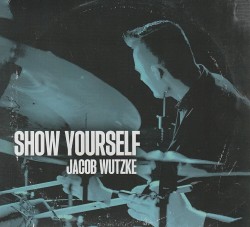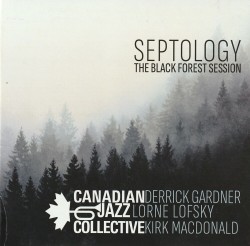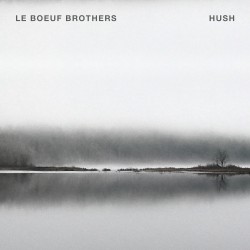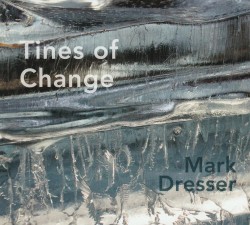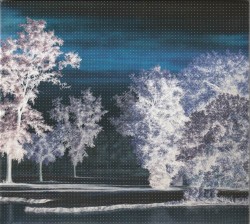May Song - Itamar Erez Independent
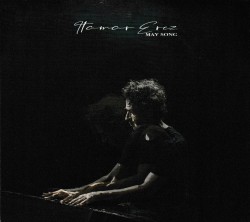 May Song
May Song
Itamar Erez Independent
Independent (itamarerez.bandcamp.com/album/may-song)
Itamar Erez’s 2019 “pre-pandemic” CD, Mi Alegria (Spanish for “my joy”) was, indeed, a purely joyous, musical celebration. Now, with May Song, conceived and recorded amid the incessant COVID-19 lockdowns, and released in October 2022, we have Erez’s reflective response to those uncertain and unpredictable pandemic times (not that the virus is done with us, just yet). Erez characterizes the project as “emerging from darkness and doubt into lightness and joy.”
May Song is unique among Erez’s recordings, in that unlike his five previous releases, Erez, an Israeli-Canadian, world-class (and globetrotting) guitarist, pianist and composer based in Vancouver, is heard only at the piano. In addition to Erez’s focus on the keyboard, which has evolved over the last three to four years, a more improvisational approach to his music-making is also evident throughout May Song, and immediately apparent on the haunting, improvised intro of the first track, Chant. And thus begins this musical journey out of darkness.
Hourglass is pulsing and polyrhythmic, with a dynamic dialogue between piano and clarinet. Catch Me If You Can feels jaunty, expansive, optimistic, edging towards the light. You and Me, evocative and yearning, maintains a steady, forward-moving momentum with taught piano/bass/drum interplay. The deeply emotional title track is the penultimate stop, offering hopeful resolution.
Outstanding collaborators on this journey are clarinettist François Houle, bassist Jeff Gammon, Kevin Romain on drums and Chris Gestrin guesting on synths. Like Erez himself, May Song is inspired and original.


